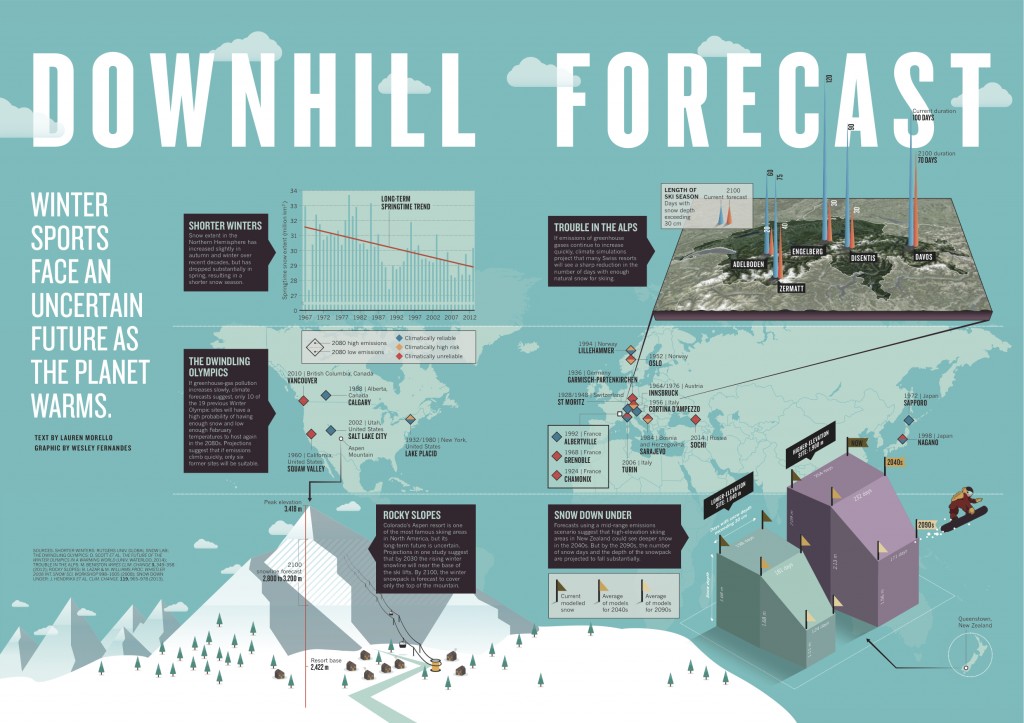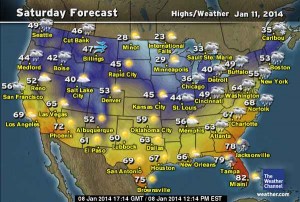by Simon Donner
I have an opinion piece in the Vancouver Sun responding to a deceptive column about climate change science and climate scientists published the previous week. My naïve hope in writing the piece was not to start a public fight (my twitter feed, and inbox are testaments to that naïveté). Rather it was to help end a public fight, by encouraging people, particularly newspaper editors, to ignore the misleading rhetoric of organized “contrarian” movement and move on to writing more about addressing climate change.
The problem with the public conversation about climate change is that not everyone plays by the same rules.
The majority of scientists follow the scientific method — a systematic approach to building knowledge. Starting in the 1820s, scientists began accumulating evidence, through the slow process of hypothesis testing and data collection, that adding carbon dioxide and other heat-trapping greenhouse gases to the atmosphere would warm the planet.
See the Sun for the rest of the article.


 by Meghan Beamish
by Meghan Beamish